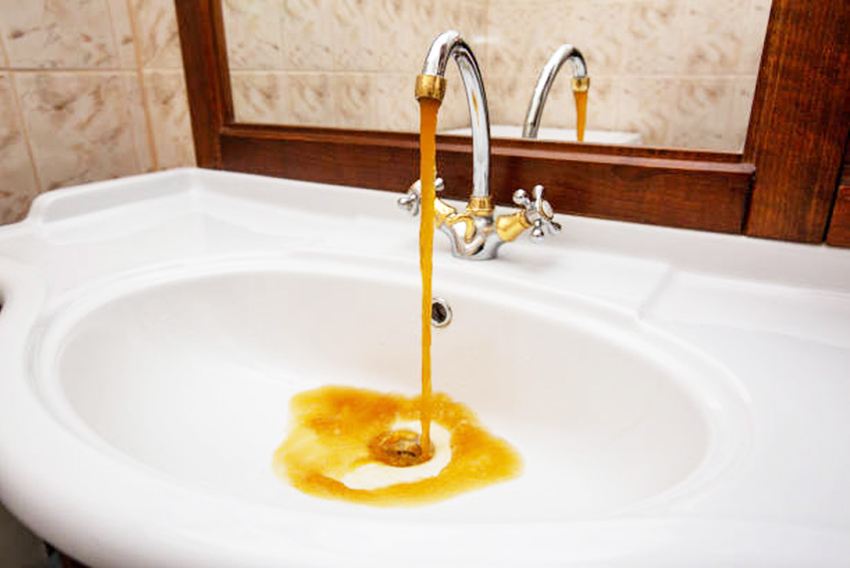Description
Heavy Control

Clogged Pipes
SeaQuest can be applied to well water sources to solve the issued caused by the hardness such as clogging in pipelines, thus saving costs in water pumping energy consumption and in chlorine usage. Instead of producing a mineral coating on top of the lead, the SeaQuest actively and continuously disrupts the corrosion process. As a result, the lead is not released into scale or into the water. Using SeaQuest allows for the control of lead leaching while service lines are being replaced over time, with the added protection of goosenecks and lead solder.
Water Hardness

The leftmost picture shows a rotameter before the application of the product to the well, whereas the picture at the center shows the well water after being treated with SeaQuest, which is applied using an automated dosing system as shown in the right picture.
 SeaQuest Automated Dosing System to Treat Water Hardness
SeaQuest Automated Dosing System to Treat Water Hardness
 Water Hardness Clogging The Flow Cell
Water Hardness Clogging The Flow Cell
 Water Hardness Clogging The Chlorine Analyzer
Water Hardness Clogging The Chlorine Analyzer
Red Water in Potable and Well Water Systems
SeaQuest has a solution to red water caused by iron present in raw water. SeaQuest is an unparalleled sequestrant due to its highly anionic charge and molecular weight. SeaQuest molecules surround all the iron in the water keeping it soluble and preventing further oxidation (like with chlorine).
This means not only will the water remain clear and the iron remains in solution, free chlorine residuals can be improved. For the iron in your pipes, SeaQuest stops the corrosion process from happening by consuming free radicals and creating a strong ionic film at the surface of the pipe wall.
 Red Water in Potable Water System
Red Water in Potable Water System
Red water is an unpleasant unsightly and sometimes dangerous phenomenon. Red water is caused by the oxidation of iron. There are 2 potential sources of iron that can cause this issue, the natural iron in the water and corrosion of the iron pipes in the distribution system. While iron is generally safe to consume when oxidized, it looks unpleasant and can further disrupt the effectiveness of oxidizers such as chlorine. The presence of red water can often indicate un-chlorinated water.
High Lead or Copper

Instead of producing a mineral coating on top of the lead, the SeaQuest actively and continuously disrupts the corrosion process. As a result, the lead is not released into scale or into the water. Using SeaQuest allows for the control of lead leaching while service lines are being replaced over time, with the added protection of goosenecks and lead solder.
Lead is typically found in three main areas within a water distribution system such as service lines, lead Solder,
and leaded goosenecks. Adding ortho-phosphate or raising the pH of the water are used to build a mineral barrier (scale) on top of the lead to prevent lead leaching into the water. The coatings can appear to delay lead leaching, but since they do not stop the corrosion process eventually the lead will be released into the water.

